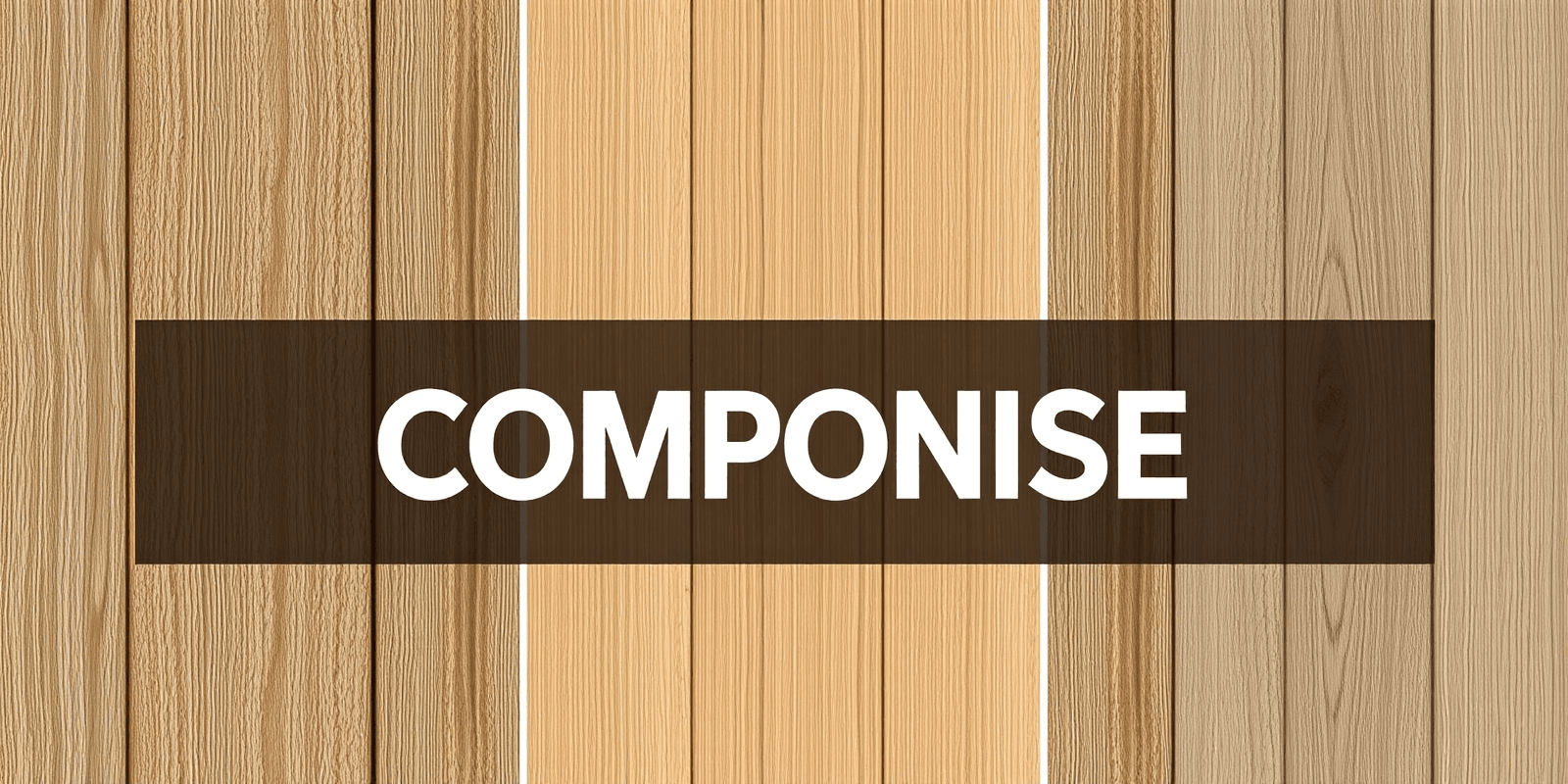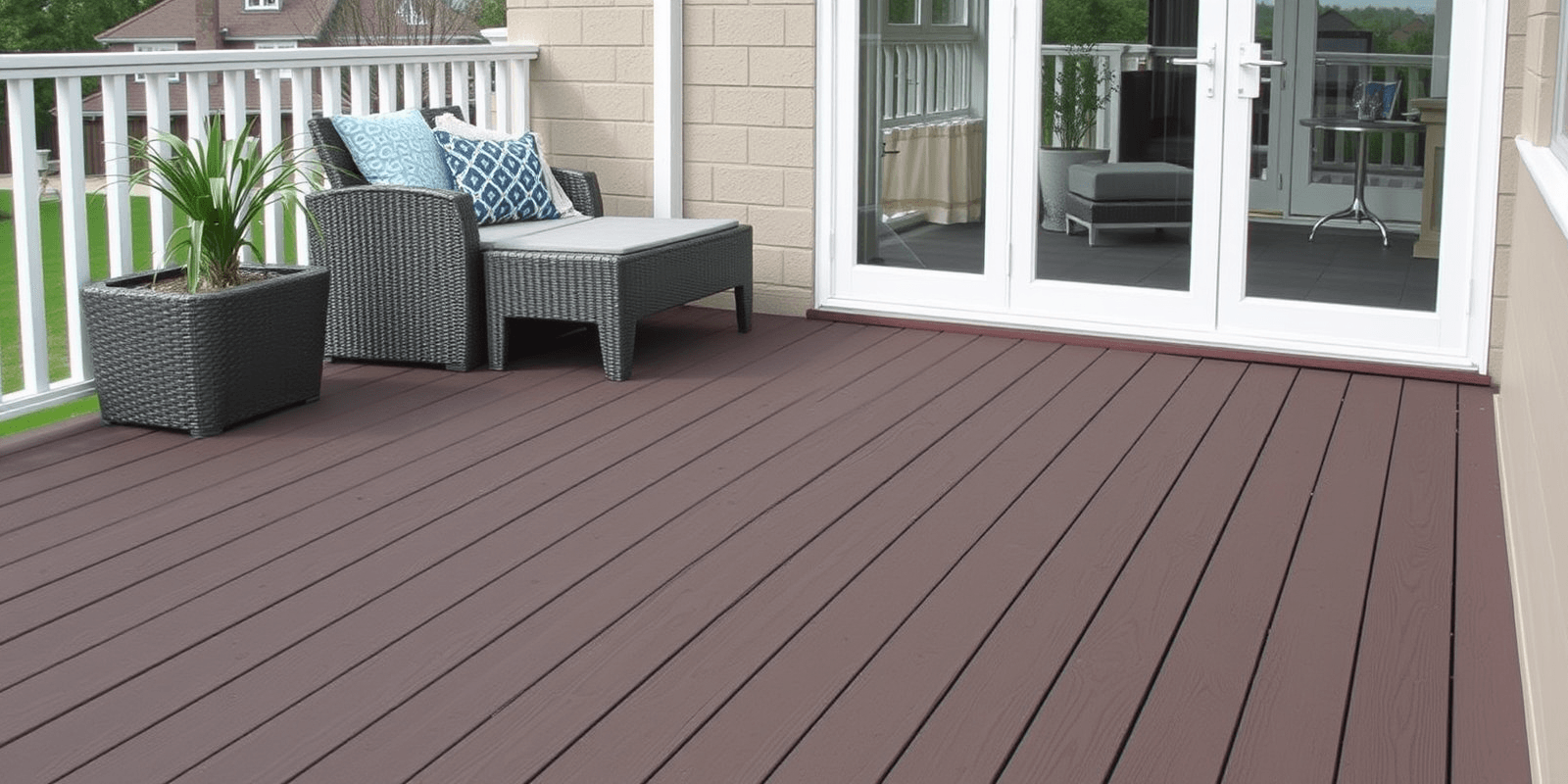Choosing Decking Material: A Comprehensive Guide on Wood vs Composite vs Polymer Pricing
When it comes to choosing the right decking material for your home, there are several factors to consider. The cost is undoubtedly one of the most important, but it’s not the only aspect to take into account. In this guide, we’ll explore the pricing aspects associated with wood, composite, and polymer decking materials, along with other key considerations like installation costs, long-term savings, aesthetic appeal, and ease of maintenance.
Introduction
Decking is an essential component of any outdoor living space. It not only enhances the aesthetic appeal of your property but also provides a comfortable area for relaxation and entertainment. However, selecting the appropriate decking material can be a daunting task due to the various options available in the market. This article aims to provide you with a comprehensive analysis of the pricing aspects associated with wood, composite, and polymer decking materials, helping you make an informed decision.
Wood Decking
Wood is a popular choice for decking due to its natural beauty and versatility. Common types of wood used for decking include pressure-treated pine, cedar, redwood, and tropical hardwoods like ipe. Pressure-treated pine is often the most affordable option, while premium hardwoods like ipe can be significantly more expensive. According to Family Handyman, the cost of wood decking typically ranges from $8 to $20 per square foot, depending on the type of wood and quality.
Composite Decking
Composite decking is made from a mixture of wood fibers and plastic, providing a low-maintenance alternative to traditional wood. Brands like Trex and TimberTech are well-known in this category. Composite decking is generally more expensive upfront than wood, with prices ranging from $10 to $25 per square foot, according to Bob Vila. However, the long-term savings in maintenance and replacement costs can offset the higher initial investment.
Polymer Decking
Polymer decking, also known as PVC or vinyl decking, is another popular choice. It is made entirely from plastic and offers excellent durability and resistance to moisture, insects, and rot. Brands like AZEK and Fortress are leaders in this segment. The cost of polymer decking typically falls between $7 and $18 per square foot, making it competitive with both wood and composite materials. However, the upfront cost may be higher, but the long-term benefits can justify the expense.
Installation Costs
The cost of installation varies depending on the complexity of the project and the expertise of the contractor. On average, professional installation costs range from $3 to $10 per square foot. For instance, a deck measuring 200 square feet would require an additional $600 to $2,000 for installation alone. It’s crucial to factor in these costs when comparing the overall price of different decking materials.
Long-Term Savings
While wood decking may be cheaper initially, it requires regular maintenance, including staining or sealing every few years. Composite and polymer decking, on the other hand, require minimal upkeep and can last longer without needing replacement. Over time, the lower maintenance costs associated with composite and polymer decking can result in significant savings. Additionally, composite and polymer decking are less prone to warping, cracking, and fading, which can add to the longevity of your deck.
Aesthetic Appeal
The aesthetic appeal of decking materials is subjective and depends on personal preferences. Wood offers a warm, natural look that complements many architectural styles. Composite and polymer decking come in a variety of colors and finishes, allowing for customization to match your home’s exterior. Some high-end composite brands even mimic the appearance of real wood, offering a blend of beauty and durability.
Maintenance Ease
Maintenance is a critical consideration when choosing decking materials. Wood decks require periodic staining or sealing to protect against moisture, UV rays, and insect damage. Composite and polymer decks, however, are designed to withstand these elements with minimal effort. Regular cleaning with soap and water is usually sufficient to keep them looking their best. This reduced maintenance requirement can save you time and money in the long run.
Conclusion
Choosing the right decking material involves weighing various factors, including initial cost, long-term savings, aesthetic appeal, and ease of maintenance. Wood remains a popular choice for those seeking a natural look and lower upfront costs, while composite and polymer decking offer greater durability and lower maintenance requirements. By considering all these aspects, you can select the most suitable decking material for your project, ensuring both functionality and beauty in your outdoor living space.
References



